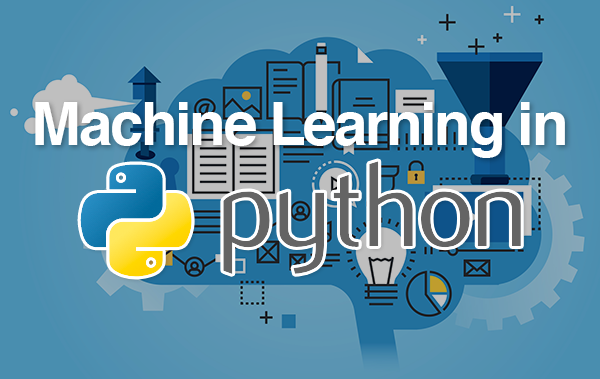How to use Keras and Tensorflow in classifing adult income data in Python

Classifying the adult income dataset using Keras and Tensorflow is a popular machine learning task that involves training a model to predict whether an individual’s income is above or below a certain threshold. In this essay, we will be discussing how to use Keras and Tensorflow to classify the adult income dataset in Python.
The first step in using Keras and Tensorflow to classify the adult income dataset is to acquire and prepare the data. This can include acquiring the adult income dataset, which can be found on various websites such as UCI Machine Learning Repository and cleaning and preprocessing the data to ensure that it is in a format that can be used by the model. This may include handling missing values, converting categorical variables to numerical values, and splitting the data into training and test sets.
Once the data is prepared, we can import the necessary libraries such as Keras and Tensorflow. Keras is a high-level neural networks API written in Python that is capable of running on top of Tensorflow, which is an open-source library for dataflow and differentiable programming across a range of tasks.
We can then create a model using the Sequential class in Keras. This class allows us to define a linear stack of layers in the neural network. We can start by adding a Dense layer, which is the layer type used in the neural network for the adult income dataset. This layer is responsible for the linear transformation of the input data. We can specify the number of neurons in the layer and the activation function. We can also add more layers to the model if needed.
After defining the layers, we can compile the model by specifying the optimizer, loss function, and metrics. The optimizer controls the learning rate and the update rule for the parameters of the model. The loss function measures the difference between the predicted output and the true output and the metrics is used to evaluate the performance of the model.
Once the model is compiled, we can fit the model to the training data using the fit() function. This function trains the model on the training data and updates the parameters of the model based on the training data. We can also specify the batch size and the number of epochs, which control the number of samples used in one update of the parameters and the number of iterations over the entire training data respectively.
After the model is trained, we can use the predict() function to make predictions on the test data. We can then evaluate the performance of the model on the test data using the evaluate() function, which returns the loss and the metrics specified during the compilation of the model.
It’s also important to note that when using Keras and Tensorflow to classify the adult income dataset, it’s important to consider the specific problem you’re trying to solve and the characteristics of your data. For example, if you’re working with a dataset that has a large number of categorical variables, then you may need to use a deep learning model with more layers to handle the categorical variables. Additionally, the trade-off between model complexity and overfitting should also be considered. A model with more layers may have better performance on the training data, but it may not generalize well to new data.
In conclusion, using Keras and Tensorflow to classify the adult income dataset is a popular machine learning task that can be accomplished with a few simple steps. By acquiring and preparing the data, creating a model, and training and evaluating the model, we can build a powerful machine learning model that can accurately classify the adult income dataset. It’s important to keep in mind the specific problem you’re trying to solve and the characteristics of your data when using Keras and Tensorflow. Additionally, it’s also important to consider the interpretability of the models and the trade-off between accuracy and interpretability when making a decision. By utilizing the power of Keras and Tensorflow, we can build powerful machine learning models that can accurately classify the adult income dataset.
In this Applied Machine Learning & Data Science Recipe (Jupyter Notebook), the reader will find the practical use of applied machine learning and data science in Python programming: How to use Keras and Tensorflow in classifing adult income data in Python.
Disclaimer: The information and code presented within this recipe/tutorial is only for educational and coaching purposes for beginners and developers. Anyone can practice and apply the recipe/tutorial presented here, but the reader is taking full responsibility for his/her actions. The author (content curator) of this recipe (code / program) has made every effort to ensure the accuracy of the information was correct at time of publication. The author (content curator) does not assume and hereby disclaims any liability to any party for any loss, damage, or disruption caused by errors or omissions, whether such errors or omissions result from accident, negligence, or any other cause. The information presented here could also be found in public knowledge domains.
Learn by Coding: v-Tutorials on Applied Machine Learning and Data Science for Beginners
Latest end-to-end Learn by Coding Projects (Jupyter Notebooks) in Python and R:
Applied Statistics with R for Beginners and Business Professionals
Data Science and Machine Learning Projects in Python: Tabular Data Analytics
Data Science and Machine Learning Projects in R: Tabular Data Analytics
Python Machine Learning & Data Science Recipes: Learn by Coding
How to do Fashion MNIST image classification using GradientBoosting in Python
How to apply sklearn Extra Tree Classifier to adult income data